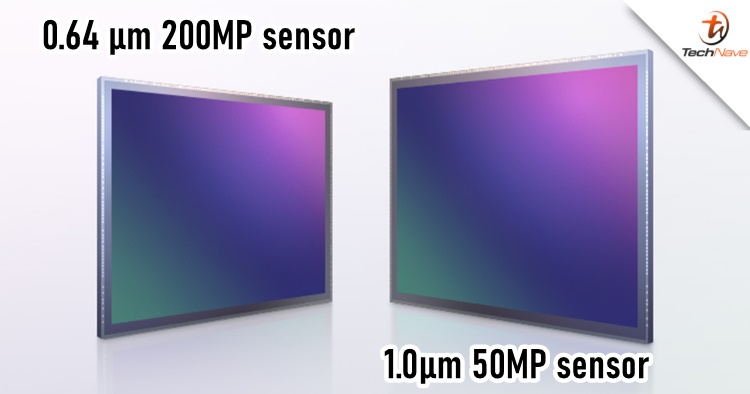
The day has finally come, Samsung has successfully manufactured the ISOCELL HP1 which is the industry's first 200MP sensor with 0.64μm pixels. Moreover, the company also made the ISOCELL GN5, a super-slim 1.0 μm 50MP sensor with autofocusing Dual Pixel Pro technology.
First, let's talk about the ISOCELL HP1. With the most advanced 0.64μm-sized pixels, the sensor should be able to produce ultra high resolution in a small package such as a smartphone. On paper, photos taken from a phone should hold even more details than before. Like the 108MP sensor, images should remain sharp even when cropped or resized.
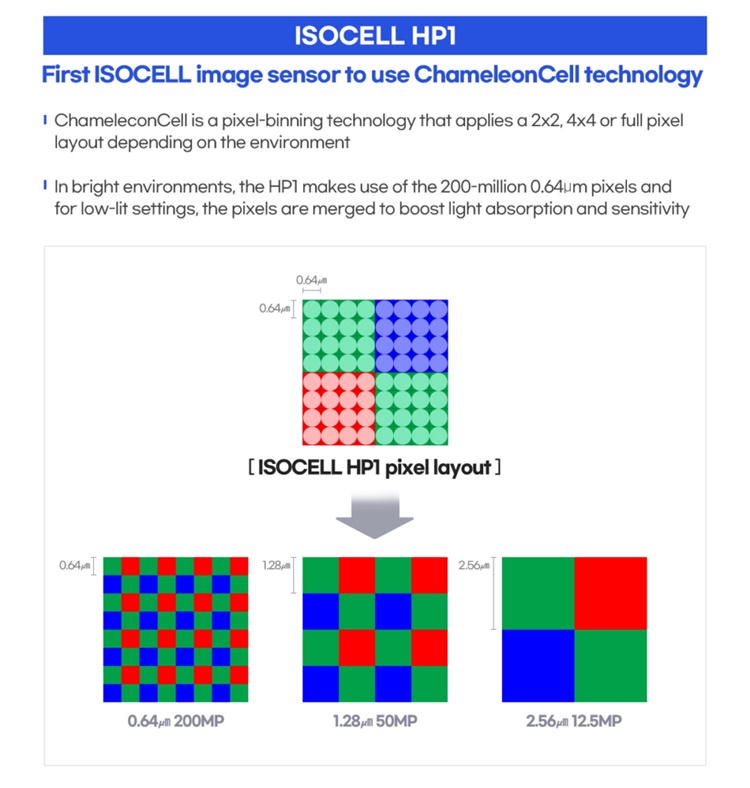
Going into the technical side, Samsung integrated an all-new ChameleonCell technology. It is a pixel-binning technology that uses a 2x2, 4x4 or a full pixel layout depending on the environment. For example, if it was a low-light environment, the ISOCELL HP1 can change into a 12.5MP image sensor with 2.56μm pixels by combining 16 pixels nearby. This allows the newly formed pixels to absorb more light and produce brighter and clearer photos. It is also capable of taking 8K video resolution at 30FPS.
As for the ISOCELL GN5, it is the industry's first 1.0μm image sensor to have the Dual Pixel Pro technology integrated. By utilising the autofocus capabilities, the technology is said to place two photodiodes within each 1.0μm pixel of the sensor either horizontally or vertically to recognize pattern changes in all directions. This allows the ISOCELL GN5's autofocusing to be instantaneous, producing sharper images in both bright and low-light environments.
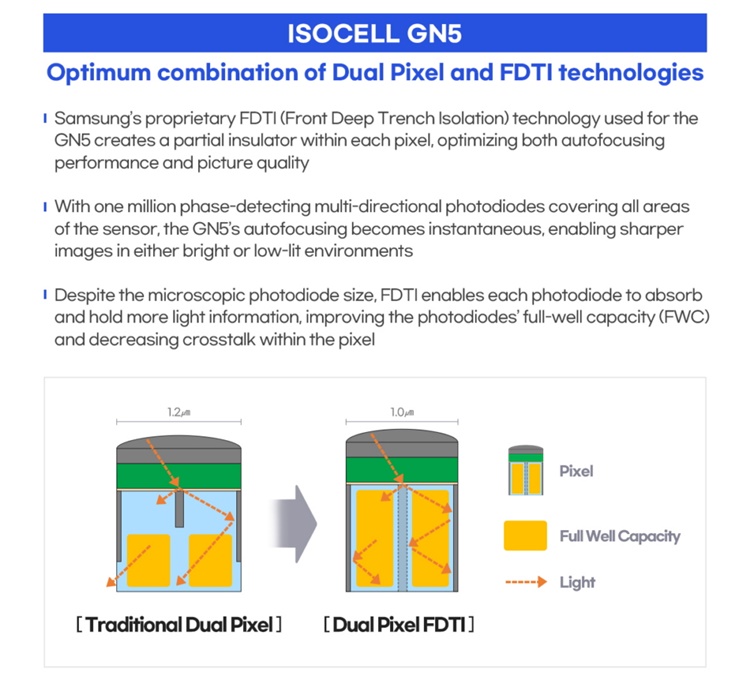
On top of that, the ISOCELL GN5 is also using Samsung's pixel technology which applies Front Deep Trench Isolation (FDTI) on a Dual Pixel product. An FDTI allows each photodiode to absorb and hold more light information, improving the photodiodes’ full-well capacity (FWC) and decreasing crosstalk within the pixel.
We won't be surprised to see the new 200MP and 50MP sensor in future Samsung Galaxy devices next year. Until then, stay tuned for more trending tech news at TechNave.com.




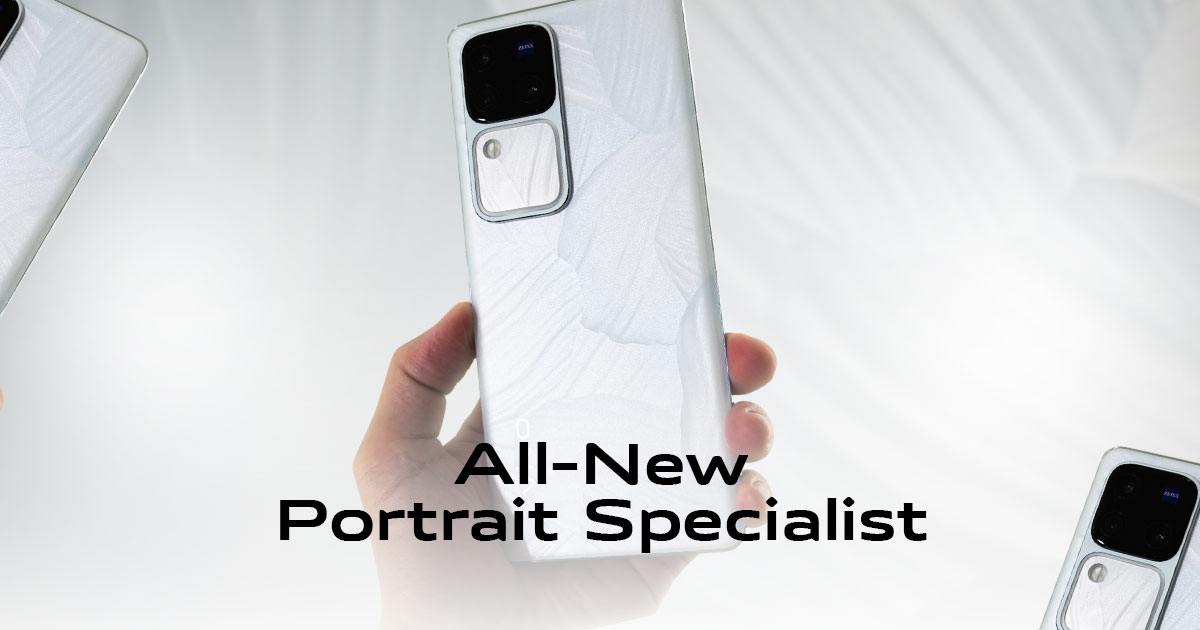


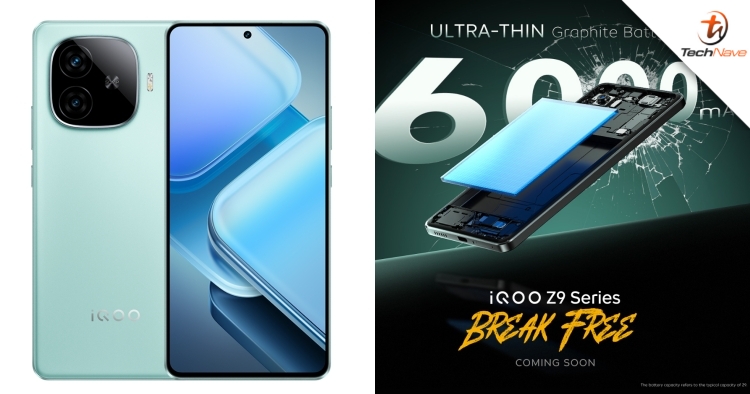
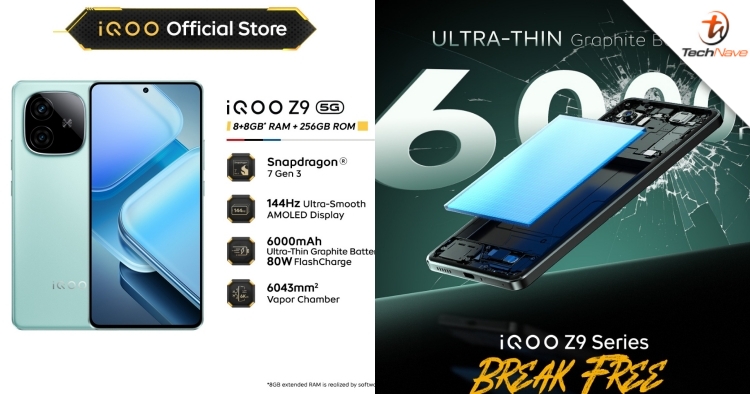
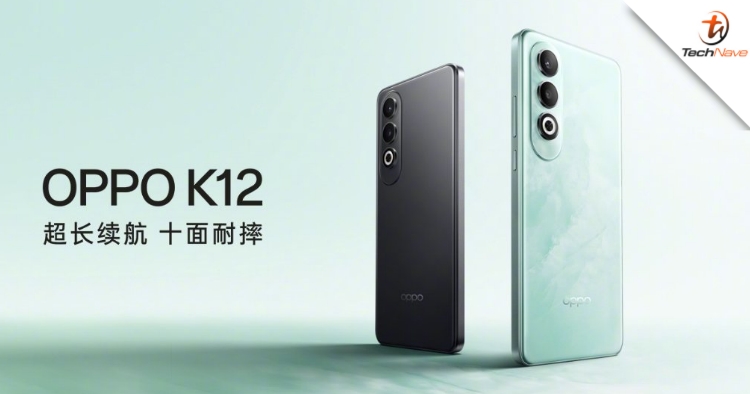

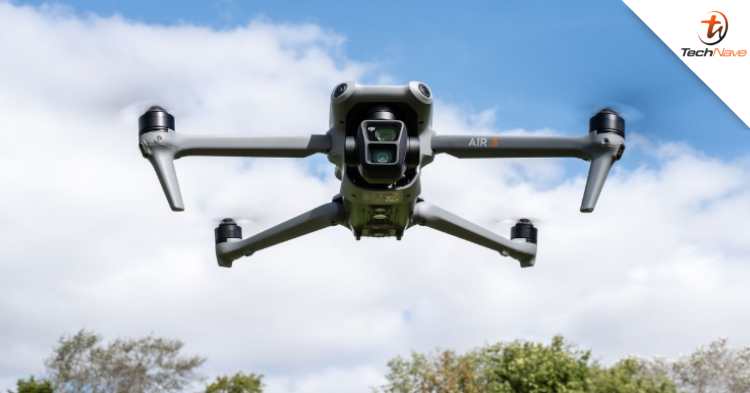

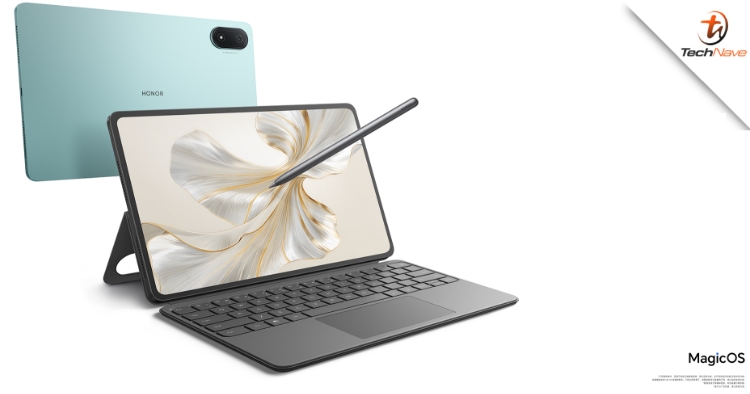

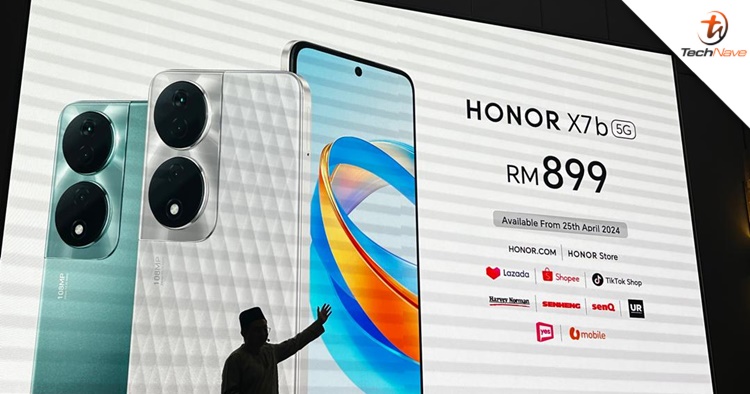
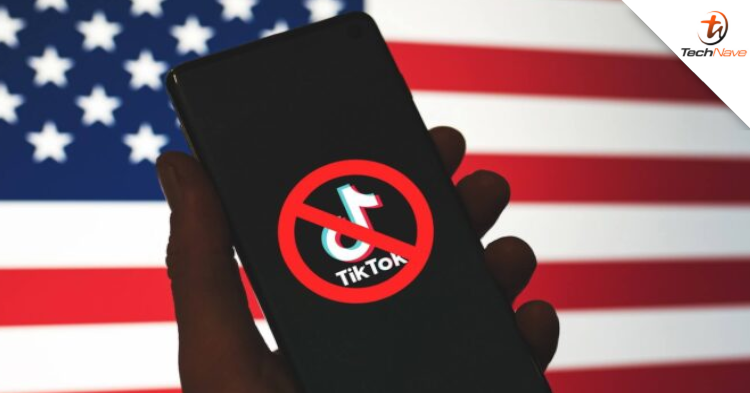
COMMENTS